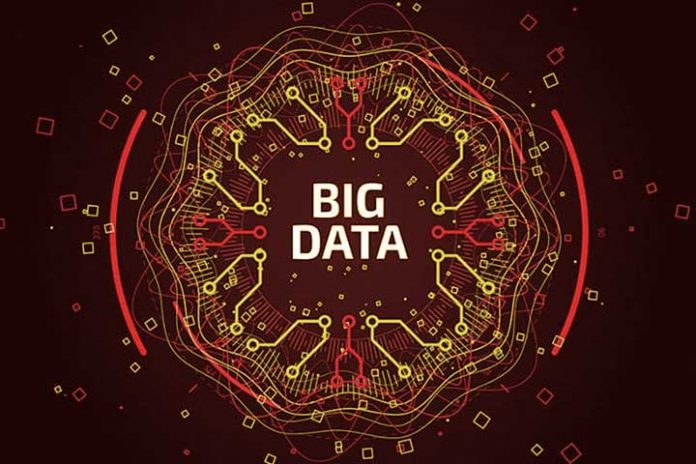Big Data is conceived as the new engine of the world economy since, in recent years, we are witnessing a rapid and metaphysical change in the consumption habits of users on the network, so that the data and the management that is done to them has become one of the most strategic assets for the survival of companies.
By 2025, data generation will total 163 zettabytes, according to IDC’s Data Age 2025 study. This means that the total volume of data will increase exponentially throughout the world, thus causing greater complexity when managing it.
In this sense, big data is positioned as the solution to help organizations extract this data from different sources, know how to make sense of it, take advantage of it and use it to identify new opportunities.
What is big data?
We call Big Data the management and analysis of huge volumes of data that cannot be treated conventionally since they exceed the limits and capabilities of the software tools commonly used for data capture, management, and processing.
Big data, like conventional analytical systems, aims to convert ‘Data’ into information to facilitate decision-making in organizations.
This concept encompasses technological infrastructures and services that have been created to provide solutions for the processing of huge data sets that we can divide into:
- Structured data: They are the data that can be grouped in the rows and columns of a table since they have a certain format and length; they are Excel databases or any other type where we can store information such as censuses, survey results…
- Unstructured data: In this case, it is data that does not have a defined structure or format, so it cannot be stored in databases. The examples we found for unstructured data are of very common use, such as images, data from social networks, audio files…
- Semi-structured data: This type of data has a certain structure and hierarchy; although it does not contain a fixed schema, it could be said they are a mix of the previous two. They have a tree shape that allows you to analyze the data easily. In this case, we are talking about compressed files, XML documents, HTML…
The importance of Big Data in organizations
The importance of Big Data does not revolve around the amount of data you have but rather what you do with it. Big Data can be analyzed to gain insights that facilitate decision-making processes and strategic business moves.
This technology can be very useful for organizations, as it answers many questions that companies had not even considered. The data can be tested in different ways and thus identify problems in a faster and more understandable way.
Big Data analytics help organizations harness their data and use it to identify new opportunities. That, in turn, leads to smarter business moves, more efficient operations, higher profits, and happier customers.
In addition, it allows, among other aspects:
- Determine the root causes of faults, problems, and defects in real-time.
- Measure the level of satisfaction and customer needs a thorough analysis to offer them what they want.
- Analyze information immediately and make decisions based on what they have learned.
- Reduce the bounce rate and manage incidents proactively.

